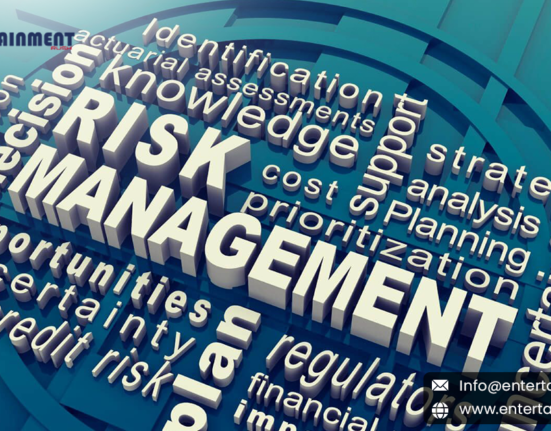In the realm of artificial intelligence (AI) research, OpenAI has long been at the forefront. Since its inception, the organization has strived not only to advance AI capabilities but also to mitigate the risks associated with its development. Over time, as the field of AI has evolved and matured, so too has OpenAI’s approach to managing AI risk. In this blog, we’ll explore the journey of OpenAI’s evolution in AI risk management, from its early days to its current strategies.
The Early Days: When OpenAI was founded, the potential risks posed by advanced AI systems were already a topic of discussion within the AI community. As a result, one of the organization’s primary objectives was to ensure that the development of AI remained aligned with the interests of humanity. This involved implementing safeguards such as ensuring transparency in research, fostering collaboration within the AI community, and advocating for the responsible use of AI technologies.
However, as research progressed and AI capabilities continued to improve, it became clear that traditional approaches to risk management were insufficient. The emergence of powerful AI models, such as GPT (Generative Pre-trained Transformer), raised concerns about their potential misuse, prompting OpenAI to reassess its strategies.
Adapting to Change: In response to these challenges, OpenAI began to adopt a more nuanced approach to AI risk management. Rather than focusing solely on technical solutions, the organization recognized the importance of addressing societal, ethical, and governance issues surrounding AI. This shift in perspective led to the development of interdisciplinary teams within OpenAI, comprising experts from fields such as ethics, policy, and sociology.
These teams worked in tandem with AI researchers to explore the broader implications of AI technology and develop strategies for mitigating associated risks. This included conducting research on topics such as algorithmic bias, AI ethics, and the societal impacts of automation. Additionally, OpenAI became more actively involved in policy discussions, advocating for regulations that promote the responsible development and deployment of AI.
The Current Landscape: Today, OpenAI’s approach to AI risk management is more comprehensive and collaborative than ever before. The organization continues to invest in interdisciplinary research, seeking to anticipate and address emerging challenges in AI governance and ethics. Moreover, OpenAI has forged partnerships with other stakeholders, including governments, industry leaders, and advocacy groups, to promote a collective approach to AI risk management.
At the same time, OpenAI remains committed to its founding principles of transparency and openness. The organization continues to publish its research findings and engage with the broader AI community to foster dialogue and collaboration. By promoting transparency and collaboration, OpenAI aims to build trust and accountability in the development and use of AI technologies.
Looking Ahead: As AI technology continues to advance rapidly, the need for effective risk management strategies will only become more pressing. OpenAI recognizes that navigating the complexities of AI risk requires ongoing vigilance, adaptation, and collaboration. By staying true to its mission of ensuring that AI benefits all of humanity, OpenAI is poised to play a leading role in shaping a future where AI is developed and deployed responsibly.
Conclusion: The evolution of OpenAI’s approach to AI risk management reflects the maturation of the field itself. From its early days of advocating for transparency and collaboration to its current focus on interdisciplinary research and partnership-building, OpenAI has continuously adapted to meet the challenges posed by advancing AI technologies. By embracing complexity, promoting collaboration, and remaining committed to its core values, OpenAI is paving the way for a future where AI serves the best interests of humanity.







Leave feedback about this